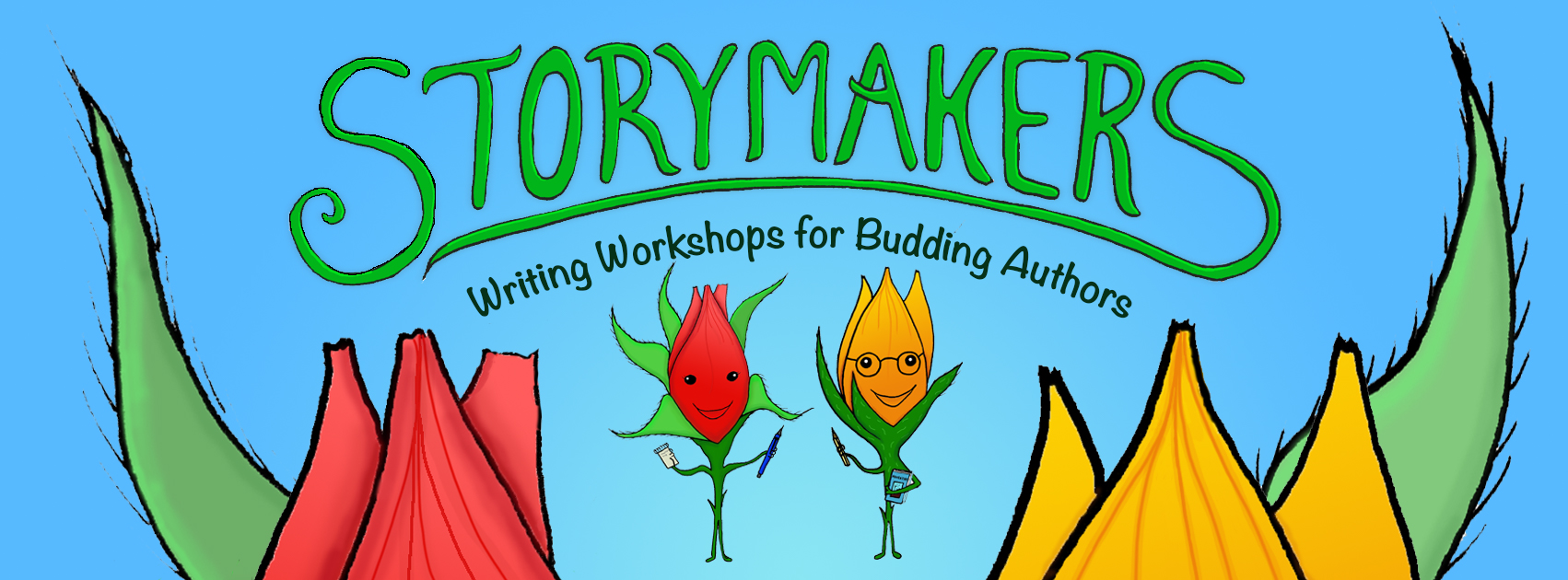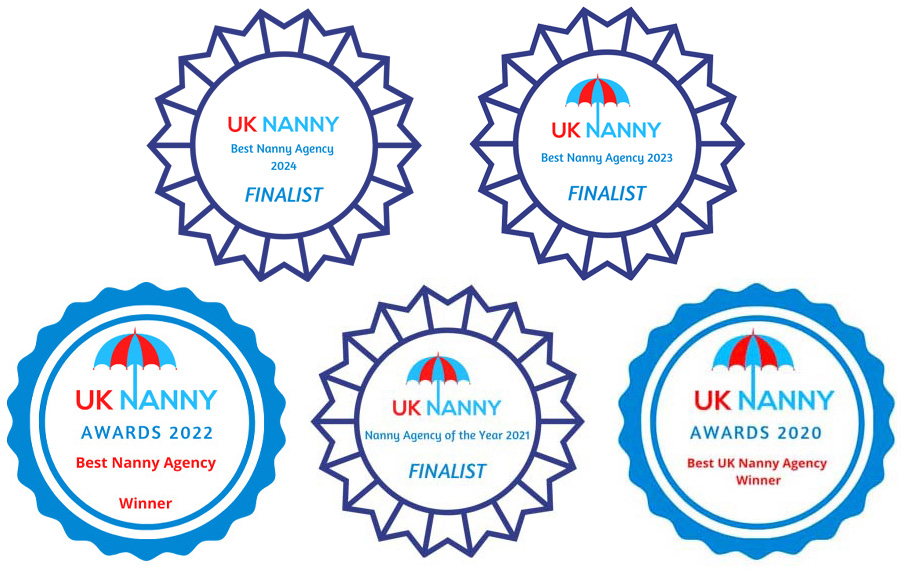Early skills required for writing preparation

Preparation for writing starts right from when a baby begins to master early gross motor skills. For example, development of core strength to enable the child to sit upright, strong neck muscles to keep the head up, shoulder strength to help with arm and wrist movement and strong fingers for grasping and gripping.
Steady shoulders, movement of the wrist and elbow in just the right way, ability of the eyes to track the hand as it moves across the page, and letter and word formation and recognition by the brain, are all requirements for writing.
It may be something we tend to take for granted, but for a child, writing is a physically and mentally demanding task.
If the brain and eyes work together, the eyes can track the hand in order to develop hand/eye coordination. This, in turn, leads to the ability to copy, trace and draw. In addition, both sides of the brain are required to work together, to allow the child to use both hands or both arms at the same time to complete an activity (bilateral coordination).
The child must also learn to reach with one hand across to the opposite side of their body. This is called crossing the mid-line, an imaginary line that runs vertically down the middle of your body. Being able to reach the right hand over to the left side and vice versa shows both sides of the brain are working together to assist the child with that all-important bilateral coordination.
Don’t dismiss those squiggles
Early writing comes in the form squiggles that may not make any sense to you or me, but show the child beginning to form an understanding of the skills necessary for writing.
Children begin by learning how to do lines and strokes, usually in this order:
Vertical
Horizontal
Circles
Squares
Right/left diagonal
Triangles
They may cover a piece of paper with drawings, symbols and possibly random letters, as they progress. These are all stages in the development of their fine motor skills and also shows they are taking an interest in letters and writing.
The next stage is developing an understanding of the way we write from left to right and across the page.
I have three children and my youngest is hypermobile and has poor muscle tone. Unfortunately, being the youngest of three didn’t help, as he spent much of his early life in a car seat or pushchair whilst being ferried around after the other two.
My son lacked the physical strength necessary to help with his early writing skills, suffering from both delayed gross and fine motor development. This resulted in him being undecided about which hand he preferred when he started school and his handwriting being extremely poor as a result.
What can you do if you think your child needs help?
As with my son, the thing we worked on the most with him was his core strength.
Exercises to help with core strength development include:
Swimming
Trampolining
Indoor climbing walls
Yoga
Physical activities that involve climbing, or crawling through tunnels
With my son being hypermobile, he also had physiotherapy consultations with specialist exercises to help strengthen his core and straighten out his shoulders.
For fine motor skill development, activities using a paint brush, or tongs are really helpful, as are using scissors, sewing (or any threading activities) and Hama beads. Tracing letters on specially-lined handwriting paper, is a good way to help with the pencil grip, as well as the necessary hand/eye visual coordination.
If you think your child is struggling in any way with their gross or fine motor skill development, speak to your health visitor, or preschool/school teacher, who should be able to point you in the right direction to get an assessment.
As for my son, he is nine now and after recently being signed off from a second round of physio, he is much stronger and more able to maintain this strength through regular exercise.
He no longer needs extra help with his handwriting and is finally able to write in cursive without needing to be reminded to do it (before this, he would naturally revert back to large print as it was physically too much to keep up with). It takes a lot of work, but understanding what is required is the first step.
About the author
Nikki Young is a copywriter and author, as well as the owner of Storymakers, a creative writing club for children. Having both reluctant readers AND writers among her own brood, she is on a mission to inspire to children everywhere to love stories. Nikki runs weekly classes in Sevenoaks for children aged seven years and above, as well as holiday writing workshops starting from aged five.
Contact Nikki Young on 07989 142757
